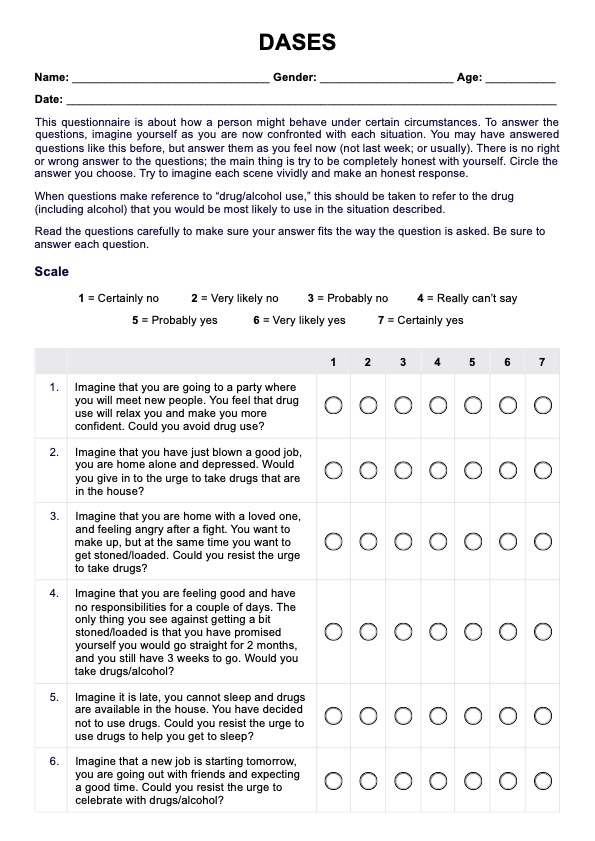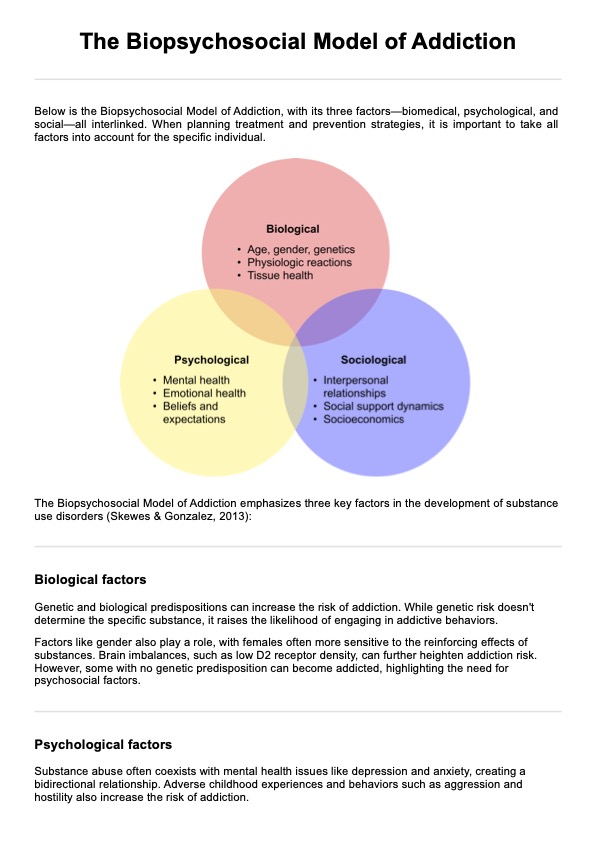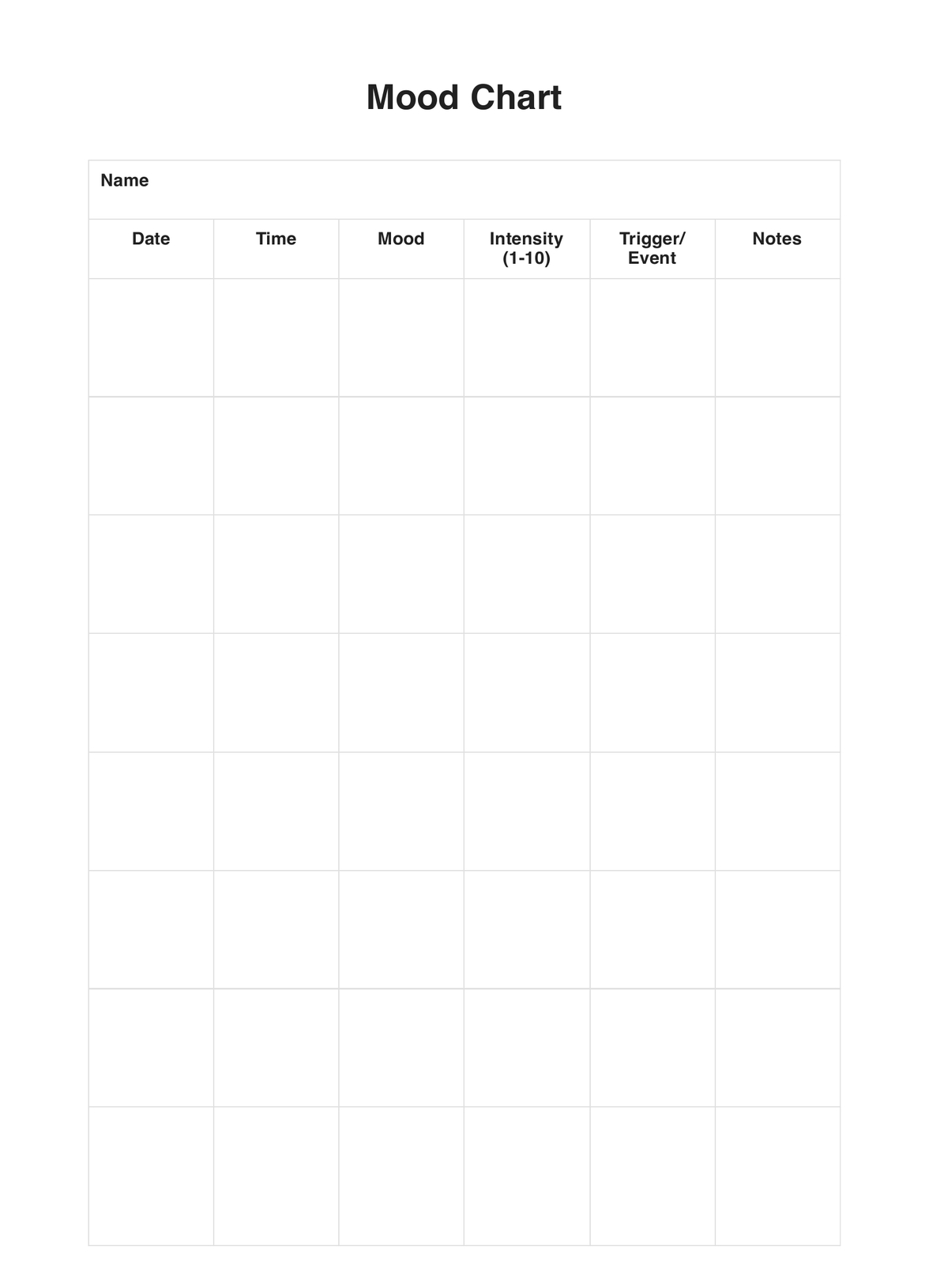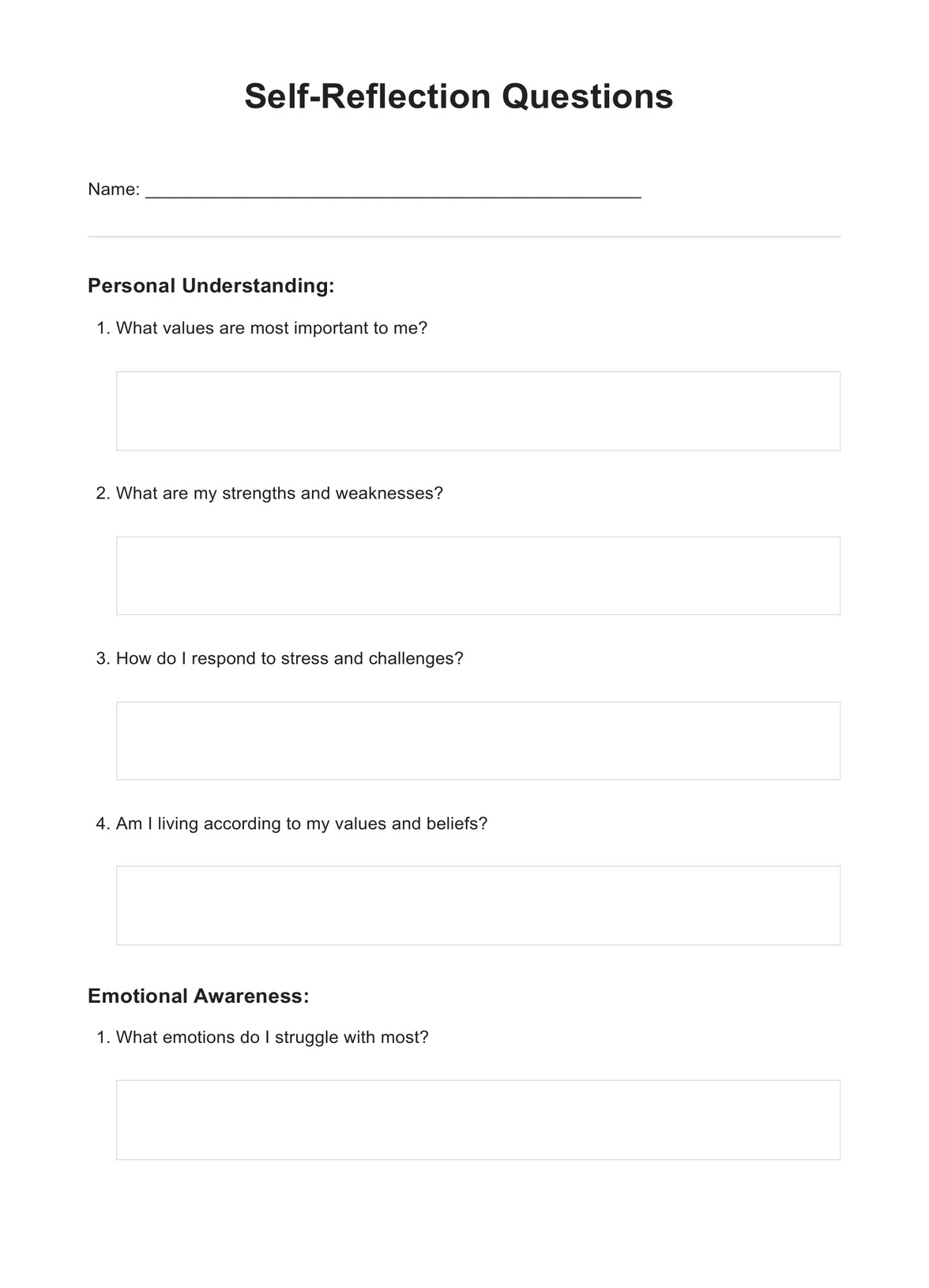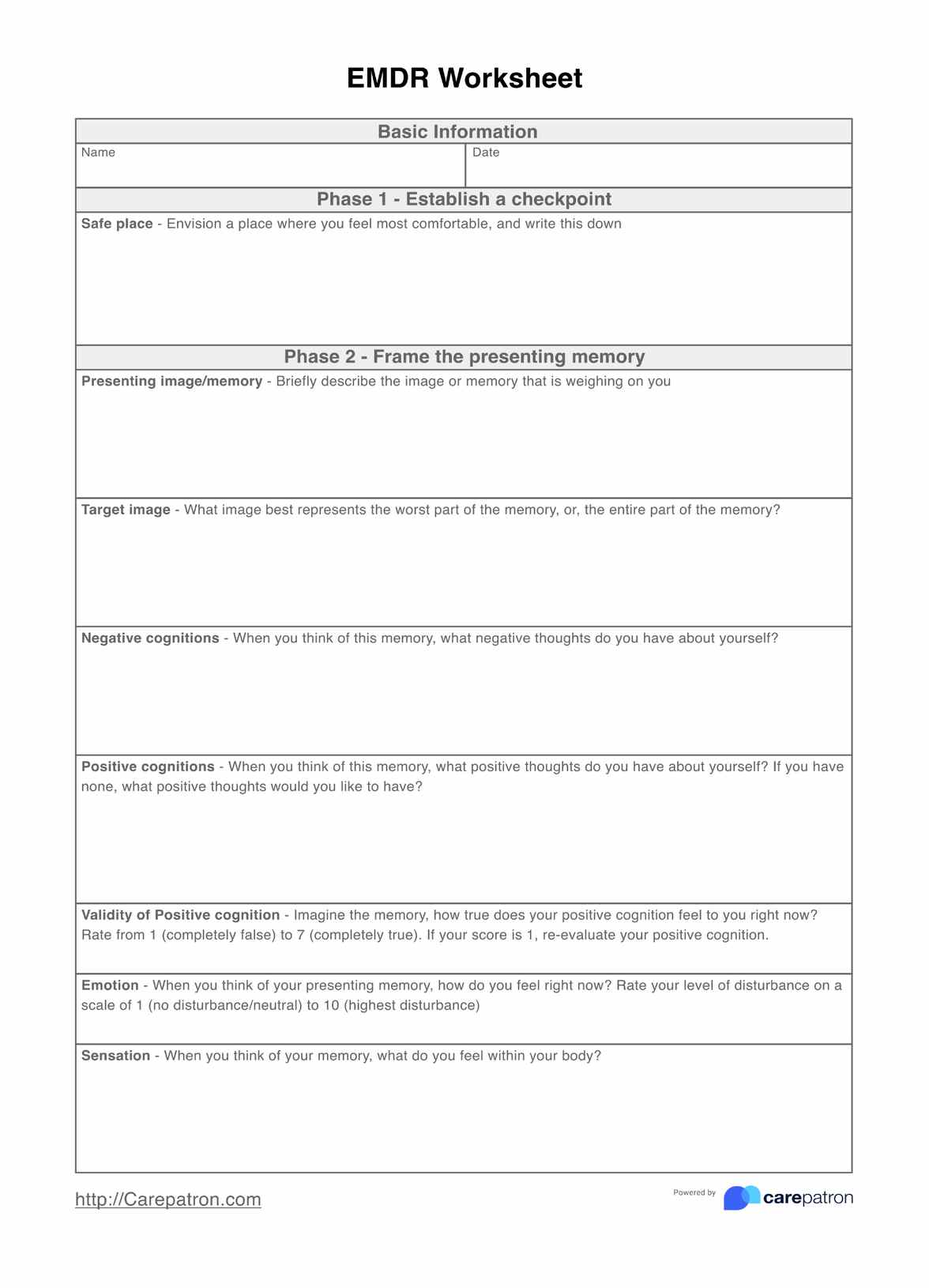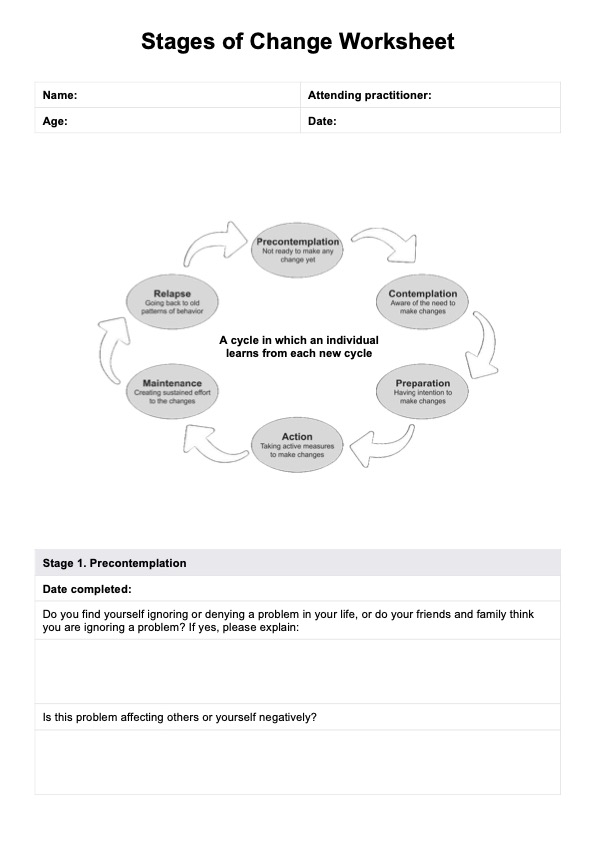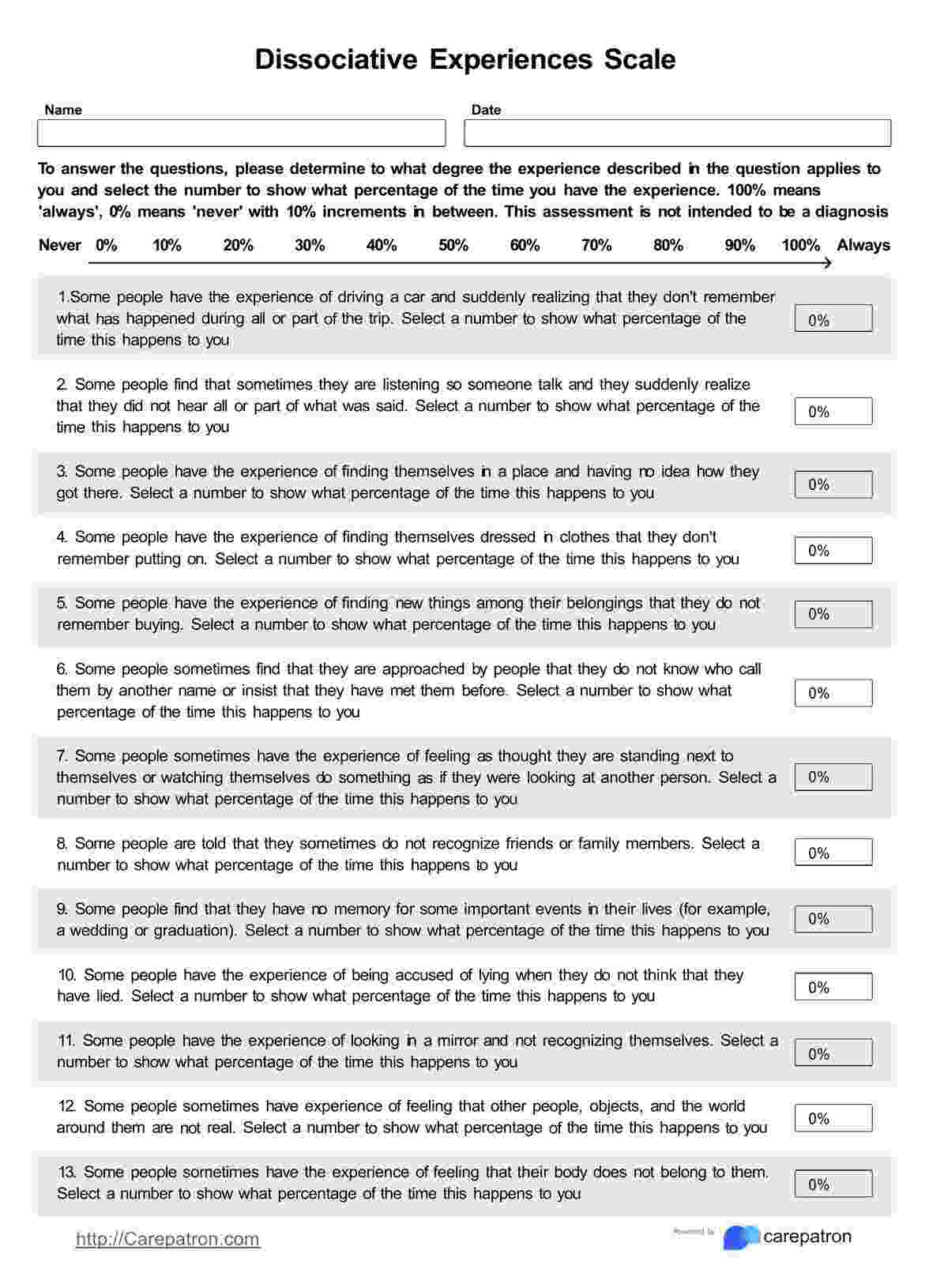Drug Schedule Chart
Learn about Drug Schedules and their use in the healthcare industry. Find out why drug schedules matter with our comprehensive guide.


What Is a Drug Schedule?
Drug schedules and drug schedule charts are essential tools used in medicine to categorize various types of drugs based on their potential for abuse and addiction. Essentially, are a classification system developed by the United States government that ranks drugs based on their medical value and potential for misuse or abuse. The schedules range from Schedule I to Schedule V, with Schedule I drugs being considered the most dangerous and Schedule V drugs having the lowest potential for abuse.
Drug schedule charts are visual aids that display this classification system in an easy-to-understand format. They provide information about each drug and the corresponding schedule it falls under. These charts are used by healthcare professionals, law enforcement agencies, and patients to understand the risks and benefits associated with different drugs. They can be used to identify controlled substances, help prevent prescription drug abuse, and ensure proper prescribing practices.
In a world where prescription drug abuse is on the rise, drug schedules and drug schedule charts play a crucial role in preventing addiction and misuse of medication. Healthcare professionals must be knowledgeable about the drugs they prescribe, and patients must be informed about their associated risks. Drug schedules and drug schedule charts provide a clear framework for understanding these risks and benefits, making them a valuable tool in the fight against drug abuse and addiction.
Drug Schedule Chart Template
Drug Schedule Chart Example
How Does This Printable Drug Schedule Chart Work?
This printable drug schedule chart is designed to help you keep track of your medications, their dosages, and the specific times they should be taken. You can fill out the template effectively by following the step-by-step guide below.
Step 1: Fill in the Patient Information
Start by filling in the patient information section. Enter the patient's name, date of birth, doctor's name, contact information, and any known allergies.
Step 2: Review the Comprehensive Drug Schedule Chart
Review the comprehensive drug schedule chart to familiarize yourself with the different drug classifications and examples. This can help you better understand the medications you're taking or have been prescribed.
Step 3: List Your Medications
Under the "Medication Schedule" section, you'll find a table with columns for time, medication name, dosage, instructions, and additional notes. List your prescribed medications in the appropriate rows based on the time of day you must take them (morning, mid-morning, lunch, afternoon, evening, and night).
Step 4: Fill in the Dosages
In the "Dosage" column, write down the specific dosage for each medication. This information can be found on the prescription label or in the instructions provided by your healthcare professional.
Step 5: Write Instructions
In the "Instructions" column, write down any specific directions for taking each medication. This may include whether the drug should be taken with or without food, any restrictions on certain foods or beverages, or any other relevant information.
Step 6: Add Additional Notes
In the "Additional Notes" column, you can provide any extra information about the medication or its purpose. This may include the condition the drug is treating, any potential side effects, or other vital details.
Step 7: Keep the Chart Accessible
Place the completed drug schedule chart in a location where you can easily see it every day, such as on your refrigerator, bathroom mirror, or next to your bed. This will help you remember to take your medications as prescribed and keep track of your daily regimen.
Step 8: Update as Needed
If there are any changes to your medications, dosages, or instructions, update the chart accordingly. It's essential to keep the information up-to-date and accurate for effective medication management.
Always consult your healthcare professional if you have questions or concerns about your medications or dosing schedule.
When To Use These Drug Schedule Templates?
Managing medications effectively is a critical aspect of maintaining one's health, especially when dealing with multiple prescriptions, complex regimens, or changes in dosage or instructions. Drug schedule templates can be invaluable tools for individuals, caregivers, and healthcare professionals in ensuring that medications are taken correctly, on time, and with the appropriate precautions. In this section, we will discuss various situations in which using a drug schedule template can be beneficial for managing medications and improving overall health outcomes.
- New Medication Regimen: When you have been prescribed a new medication or multiple medications by your healthcare professional, a drug schedule template can help you keep track of the new regimen and ensure that you're taking the medicines as directed.
- Managing Multiple Medications: A drug schedule template can help you stay organized and take the proper medications at the correct times if you take several medications for different health conditions.
- Elderly Patients or Caregivers: Older adults often have more complex medication regimens, which can be challenging to manage. A drug schedule template can be a valuable tool for elderly patients or their caregivers to help manage medications effectively and reduce the risk of medication errors.
- Memory or Cognitive Challenges: A drug schedule template can be a helpful visual reminder and guide for individuals with difficulty remembering to take their medications or following complex medication schedules.
- Transitioning to Independent Medication Management: For young adults or individuals starting to manage their medications independently for the first time, a drug schedule template can be a helpful resource to ensure they are taking their medications correctly and developing good habits for medication management.
- Changes in Medication Regimen: If your healthcare professional changes your medication regimen, such as adjusting dosages, adding or discontinuing medications, or modifying instructions, using a drug schedule template can help you keep track of these changes and ensure that you're following the new regimen accurately.
- Healthcare Professionals: Healthcare professionals, such as doctors, nurses, and pharmacists, can provide drug schedule templates to patients to help them manage their medications more effectively, encourage adherence, and improve overall health outcomes.
- Post-Hospital Discharge: After being discharged from the hospital, patients may be prescribed new medications or have changes made to their existing medication regimen. A drug schedule template can help patients transition to their daily lives while managing their medicines effectively.
- Coordinating Care Among Multiple Caregivers: If multiple caregivers are involved in a patient's care, a drug schedule template can help ensure that everyone is on the same page regarding the patient's medication regimen, reducing the risk of errors and improving the continuity of care.
- Improving Communication With Healthcare Providers: By using a drug schedule template, patients can have a clear, organized record of their medications, which can be helpful when discussing their medication regimen with their healthcare providers. This can improve communication, ensure that the patient's medication needs are understood, and facilitate any necessary adjustments to the regimen.
Drug schedule templates are versatile and practical resources that can be used in various situations to help individuals, caregivers, and healthcare professionals manage medications effectively. By staying organized and communicating clearly about medication regimens, individuals can better adhere to their prescribed treatments, reduce the risk of errors or adverse effects, and ultimately improve their overall health and well-being.
Who Is This Drug Schedule Chart PDF For?
The Drug Schedule Chart PDF is valuable for various practitioners and individuals managing medications. This tool promotes organization, adherence, and communication regarding medication regimens, ensuring that treatments are carried out effectively and safely.
Practitioners and stakeholders can benefit from this drug schedule chart template in their daily routines or professional practices.
- Patients: Individuals taking medications for various health conditions can use the drug schedule chart to keep track of their prescriptions, dosages, and instructions. This helps ensure they take their medications correctly and on time, improving treatment outcomes.
- Caregivers: Family members or professional caregivers who assist patients in managing their medications can use the drug schedule chart to coordinate care, reduce the risk of medication errors, and provide continuity in the administration of drugs.
- Physicians: Doctors can provide drug schedule charts to their patients as a part of their treatment plans, helping patients adhere to their medication regimens and improving communication about medications and potential side effects.
- Nurses: Nurses, particularly those involved in home health care, can use drug schedule charts to organize and manage medications for their patients, ensuring that medications are administered safely and effectively.
- Pharmacists: Pharmacists can offer drug schedule charts to patients when they fill their prescriptions, providing an additional resource for managing medications and encouraging patients to take an active role in their health care.
- Health Educators and Counselors: Professionals who educate patients about medication management and adherence can use drug schedule charts as teaching tools, helping patients understand the importance of following their prescribed regimens and providing practical strategies for organization and tracking.
- Mental Health Professionals: Therapists, psychologists, and psychiatrists who prescribe medications for mental health conditions can provide drug schedule charts to their patients to support adherence and promote open communication about medication usage and potential side effects.
- Healthcare Organizations and Clinics: Hospitals, clinics, and other healthcare organizations can use drug schedule charts to educate patients about medication management, promote adherence, and improve patient outcomes.
The Drug Schedule Chart PDF is a versatile and valuable resource for many practitioners and individuals involved in medication management. By using this tool, patients, caregivers, and healthcare professionals can work together to ensure that medications are taken as prescribed, improving overall health outcomes and fostering a better understanding of the importance of proper medication management.

Benefits of These Free Drug Schedule Chart Templates
Improved Medication Adherence
Using a drug schedule chart helps patients remember to take their medications on time and as prescribed, leading to better medication adherence and improved health outcomes.
Enhanced Organization
Drug schedule templates offer a systematic and organized approach to managing multiple medications, reducing the risk of missed doses or incorrect administration.
Clear Communication
These templates provide a concise and clear format to record and share medication information, promoting effective communication between patients, caregivers, and healthcare professionals.
Reduced Medication Errors
Using a drug schedule chart allows patients and caregivers to minimize the likelihood of medication errors, such as taking the wrong medication, incorrect dosages, or administering medications at the wrong time.
Increased Patient Empowerment
A well-structured drug schedule chart encourages patients to take an active role in their healthcare by understanding their medications, dosages, and instructions, ultimately leading to better self-management of their health conditions.
Accessible and Cost-Effective Resource
These free drug schedule chart templates are easily accessible. They can be customized to suit individual needs, providing a cost-effective solution for medication management and promoting better healthcare practices.
For improved client results and practice efficiency, utilize this prescription template.
Commonly asked questions
Yes, the drug schedule chart template is fully customizable to suit your individual needs. You can edit the medication names, dosages, instructions, and additional notes to create a personalized medication schedule that works best for you.
Absolutely! Once you've completed your drug schedule chart, you can easily share it with your healthcare providers, caregivers, or family members to ensure everyone involved in your care is informed about your medication regimen and can provide support as needed.
You should update your drug schedule chart whenever there are changes to your medication regimen, such as new prescriptions, dosage adjustments, or discontinued medications. It's essential to keep your chart up-to-date for accurate and effective medication management.


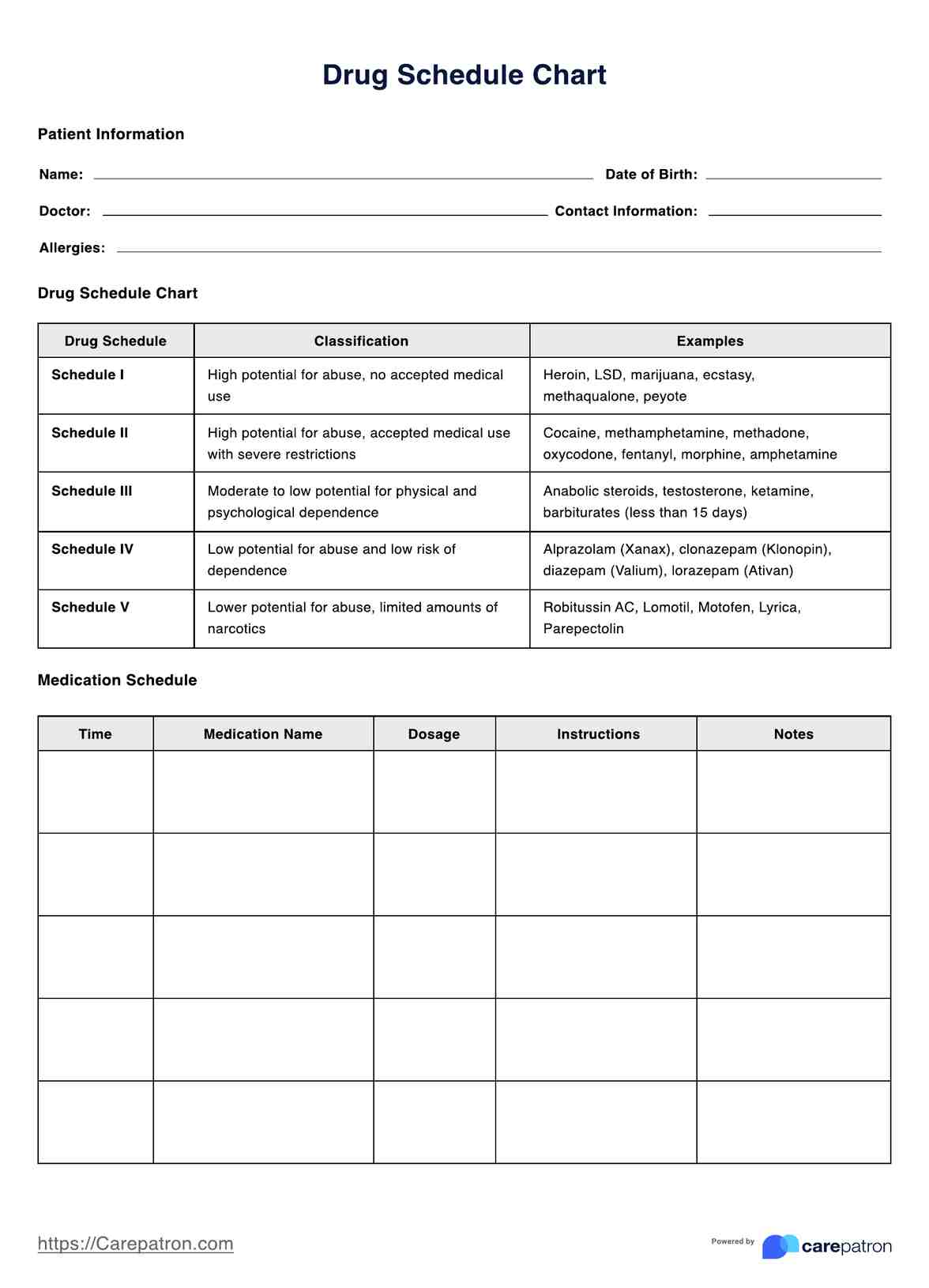
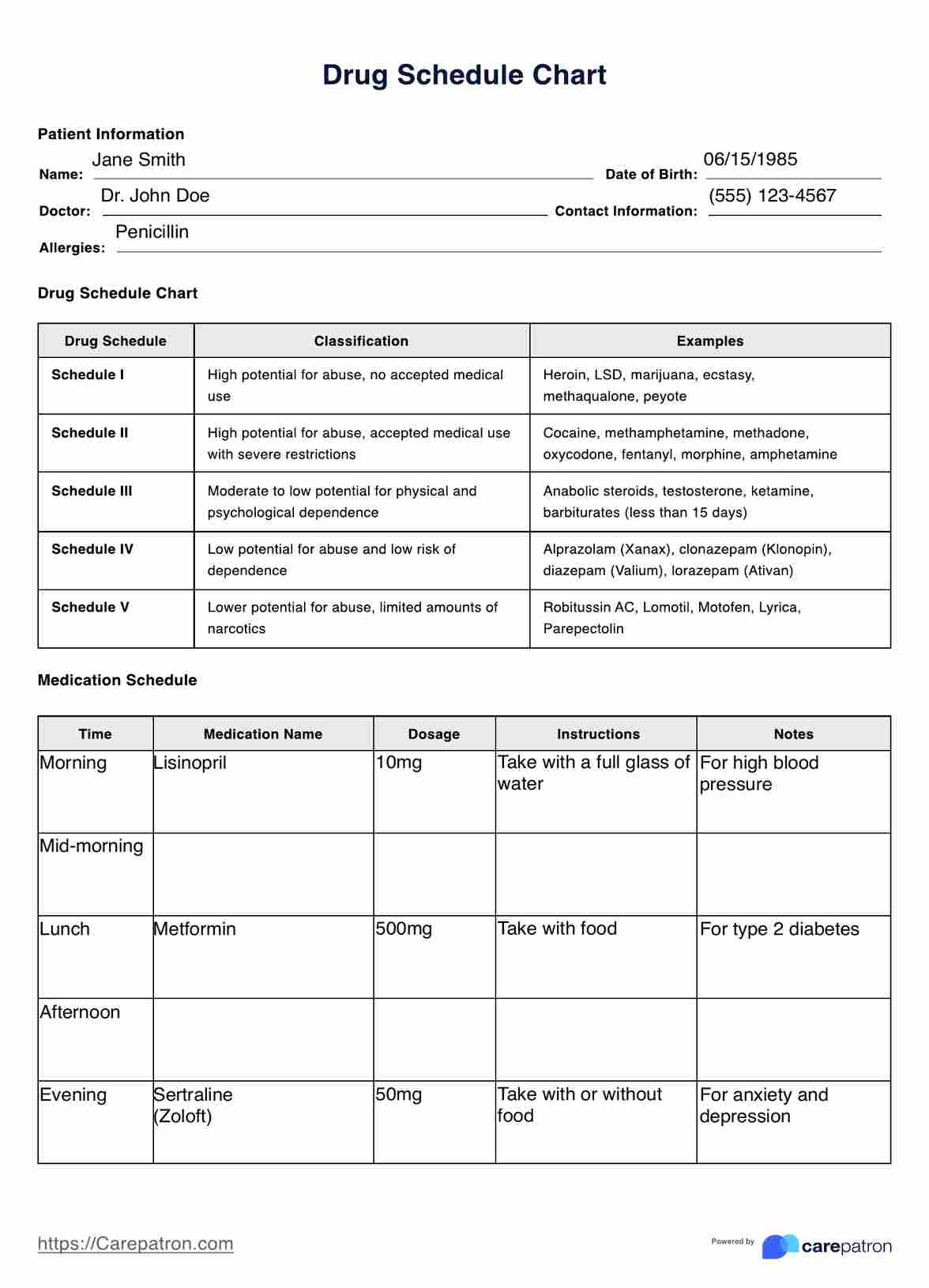















-template.jpg)


